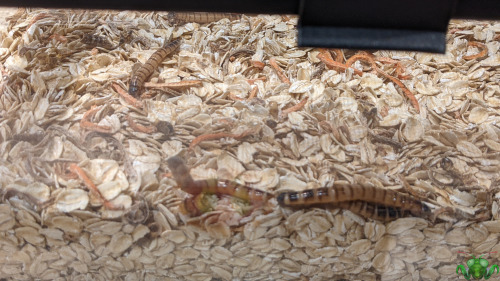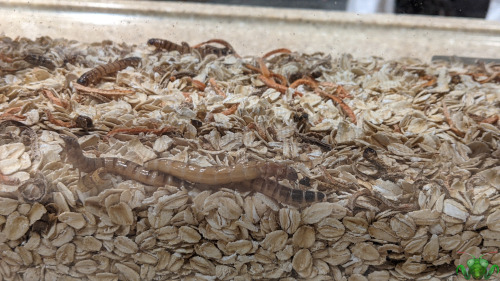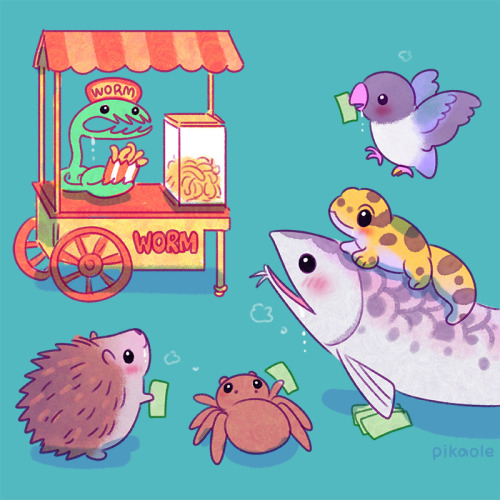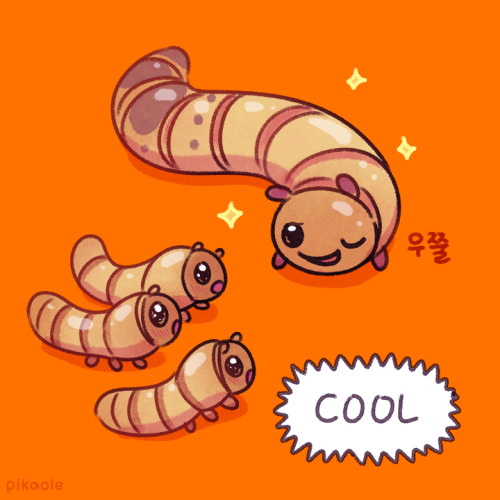#superworm
Superworm (Zophobas Darkling Beetle Larva) - Zophobas morio
Been awhile since I’ve done two posts in a day, but I’m really excited to share these educational insects with you! Over the weekend I got the chance to visit the Ontario Science Centre to see their Bug Lab Exhibition. The showcases were created by Te Papa, the museum of New Zealand in collaboration with Weta, both coming together to make something absolutely astounding, engaging and interesting. The exhibitions feature large models of insects in their environment and exhibits that demonstrate the magnificence of insects and how much there is to learn about them and apply that knowledge to our own growth as a society. It’s mostly geared towards children, but I thoroughly enjoyed it myself, and I’m very grateful I was able to go. Images of the showcase will arrive on the blog next Tuesday (can’t go spoiling things just yet), but in the meantime we have familiar lab insects to see from the live showcase, many of them a familiar sight in the educational environment. Since these insects belong to the Centre, I’ve labelled them with the mantis logo. During the live showcase, the presenter was kind enough to allow us to take pictures of these wriggling creatures after introducing them to the audience.
After first seeing them at the ROM before in their darkened, armored adult form, I’m at long last able to showcase the larval stage. No handling as they have the tendency to bite. Nicknamed “Superworm”, these insects are commonly used as food for birds, reptiles and amphibians given their nutritional value, soft shell, ease of rearing and their sheer numbers and size. This has given them the moniker “mealworms”. However, these Darkling Beetle larvae are not reared for the purpose of food, but rather for the showcase of insect metamorphosis. While many kids are familiar with the change of CaterpillartoButterfly, the idea of Beetles becoming adults from a worm-like form is almost alien to them. In fact, one kid asked if these creatures were snails. Delightful! Perhaps seeing an adult Beetle would’ve brought everything full circle and maybe one of their pupae too. I’d have also liked to see a showcase of metamorphosis in the presentation as well given how prevalent it is to the world of insects. Especially these insects have to be relatively alone (in their terrarium) in order to pupate successfully (they tend not to if overcrowded with other larvae, though there is a lot of room in this home). Perhaps this strategy comes about as a means of protection from being eaten by a cousin? Or perhaps there just isn’t enough pressure to pupate yet? Either way, the ability to delay their maturity may come in handy for our own benefit.
Pictures were taken on February 20, 2022 at the Ontario Science Centre using a Google Pixel 4. Please go and visit the bugs while you can!
Post link










